There are some very common habits that we develop as photographers. Especially in the beginning when there is so much to learn! It’s important to address these habits early on to avoid any embarrassing mishaps in the future.
1. Hesitation
A habit you may find yourself in is hesitation. Hesitating too long in a situation can prevent you from getting that perfect shot.
Fear of what people think
You may be concerned about what people think. Are you feeling the urge to take a shot of your crying child? Those are completely valid moments that need to be captured from time to time. Or perhaps it’s a street shot of a perfect stranger and you hesitate just a split-second too long because you’re feeling vulnerable and on-stage.
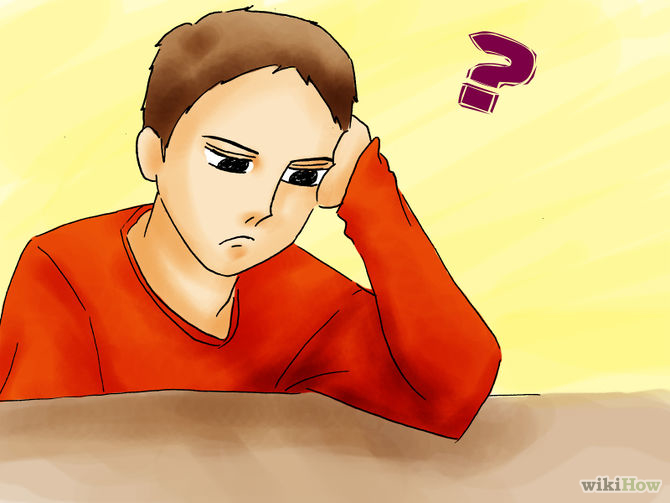
Not being ready
Not having your camera ready can make you hesitate. You may not have it up and ready in shooting position or you may not have your settings right. Set your camera for the situation so you’re ready to shoot.
Getting Lazy with White Balance
It’s amazing how many people don’t know the importance of white balance or even how to use it. It’s vitally important to adjust your white balance throughout the day.

3. Not Pushing Your Camera’s ISO
Even though today’s cameras have tremendous high ISO capabilities, many of us are still terrified of pushing the ISO too far. The fear of noise is strong! But that fear leads many photographers into the trap of using vastly inappropriate shutter speeds that result in blur or soft photos when neither one is appropriate for the scene. Instead of toiling away with the wrong shutter speed when using your long lens or when you’re creating long exposures, try bumping up that ISO. Go beyond 1600. Try 3200. Or 6400. Just keep going to see how the quality changes from one value to the next. You might be surprised at how far you can push it without getting a lot of noise.
Remember,
A grainy photo is way better than a blurry one
4. Standing Still
Keeping your feet still when you’re shooting is a surefire way to limit your creative potential. But it’s an easy habit to fall into, especially if you use a zoom lens. Instead of shooting a scene from just one perspective, get into the habit of walking around, moving closer and stepping back. Don’t rely on the zoom! Use your feet, and see how quickly you start getting way more interesting perspectives.
Note:If you’re shooting a 2 min long exposure you can completely ignore this advice. In that instance, standing still is a very good thing.
5. Stop focusing on the gear
It certainly is fun to spend time reading about gear, talking about gear, and thinking about buying gear. But if we’re honest, all you need for a good photo is one camera and lens. Once you have a decent setup, it’s probably not your gear that is holding back the quality of your photos. So if you’re a photographer whose house is stuffed with accessories and you’re waiting for the next paycheck to splurge on more, maybe it’s time to take a break from your gear obsession. Try to go this year without buying anything new (unless something essential breaks). You’ll probably discover that you have plenty of gear already and will end up with some extra cash on hand. More importantly, you now have time to master the gear you own.
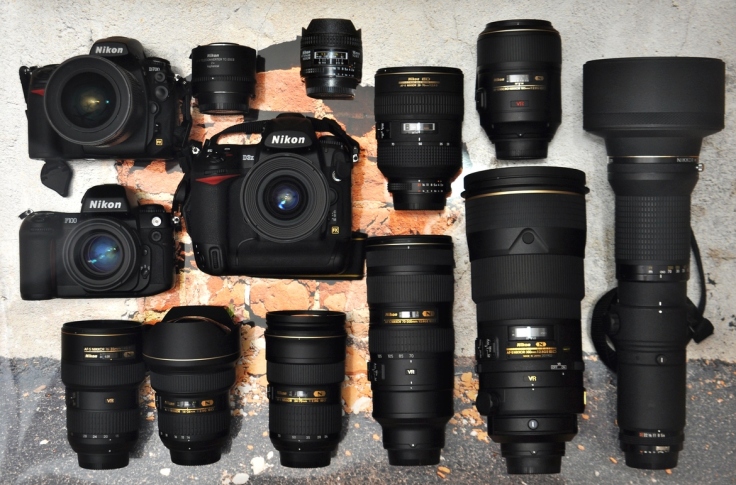
Best camera is the one you have with you
6. Thinking You’ll “Fix It Later”
This habit can apply to anything from shooting with an incorrect exposure, failing to move a stray hair, or leaving a small piece of garbage in the frame. It’s easy to get caught up in wanting to get the shot, and thinking you can just fix these little things afterward on your computer. And you can. But it’s at the cost of improving your skills and being an efficient shooter.
Get as much right in camera as you possibly can
Don’t let digital processing be a crutch that prevents you from strengthening your technical skills!
And seriously, you’ll be cursing yourself when you have to edit that stray hair out of dozens of photos, spending hours on the computer, when you could have spent 10 seconds to move it during the shoot. That’s a mistake that you’ll hopefully only make once!
7. Don’t overprocess
There are two ways in which overprocessing can be a bad habit. The first way is taking post-processing too far. We’ve all seen overprocessed photos that make our eyes bleed, yet we can get attached to our own monstrosities. What makes post-processing an art is knowing how to use it in moderation. Just because you know every tool in Photoshop, does not mean you should apply them to every photo.
The second way overprocessing can be a bad habit is when you try to make a mediocre photo great through post-processing. A great rule of thumb when editing photos: garbage in, garbage out. If the image is not good enough by itself, then delete it. Use post-processing to tweak your best photos, and don’t waste your time on the rest. Instead, try to work on the quality of your photos when you’re actually shooting them. Also keep in mind point 6.
8. Lens Hood-Not Using it
This one happens far too many times. The lens hood is designed to do create shade in front of the lens to avoid glare. Pictures taken with a lens hood installed can have richer colors and deeper saturation. A secondary use for a lens hood is to protect the lens.
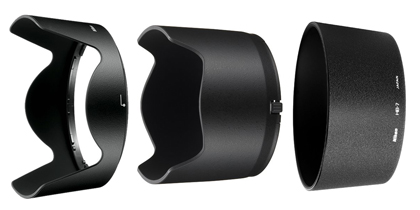
9. Not Reading Your Camera’s Manual
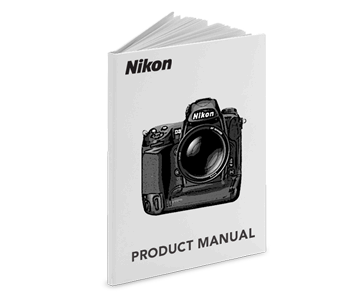
We have all done this! The package finally arrives. In some sort of ritual, you carefully put away somewhere safe the box with all the manuals, receipts and camera goodies. We get it. It’s a sacred thing. Plus, all you really want to do is get your hands on the camera and click, click, click!
That manual even stays in the plastic. It is boring after all, isn’t it? Camera manuals are very dry. We understand how you can see it as hard to get through! But the truth is you never learn as much as when you go through every single thing in your camera’s manual.
Get a highlighter and attack that little book now!
10. Not Backing up Your Pictures

Preparation is key in photography, and this includes being prepared for the worst! That fantastic photo shoot you just took a couple of days ago might not be safe sitting in the cards next to the computer.
Copy your pictures as soon as possible. Back them up a couple of times and protect yourself with an online backup system.
11. Not Having Enough Batteries or Memory Cards

Memory cards and batteries used to be expensive, but you can find cheaper cards and batteries that work for backup.
Don’t risk your shoot by running out the door with your camera alone. Check to see if you have a memory card and a backup. Check your battery to make sure it has a full charge, and throw another one in your bag.
Not being prepared will be the thing you regret the most when you miss a shot. Make a good habit of always charging your batteries, always cleaning your memory cards and making a mental note every time you go out with your camera to make sure you have everything you need.
Tip: Make it a habit to carry flash along with you. You never know when you are going to need some extra light!
12. Never Shooting RAW
Some photographers know how to shoot in RAW, but they still prefer to shoot in JPG, and who knows? You might end up being one of those. By giving it a chance, you will know if it’s for you.
RAW files are files that aren’t yet processed by your camera and contain more information about the image, which means two things: more post-processing and bigger files. However, the capabilities of fixing blown-out highlights or underexposed images without losing quality is a great reason to start using them.
Your Turn!
What are some other bad photography habits that you should break? Tell us in the comments below!
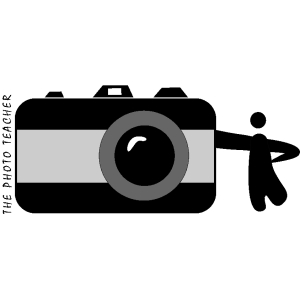
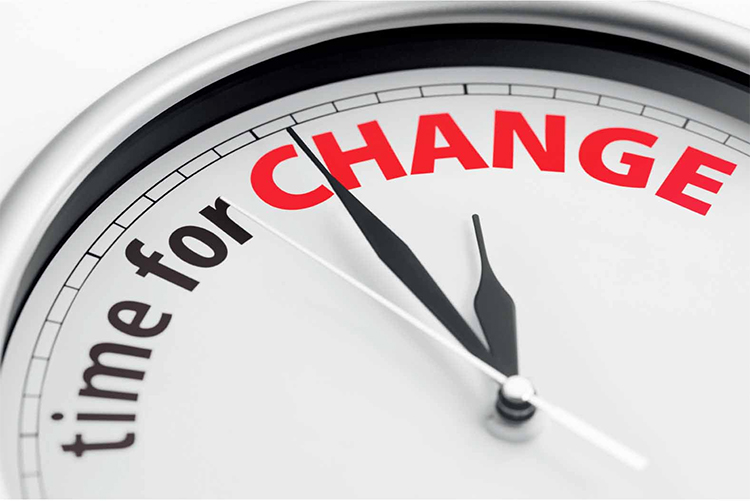
January 26, 2017 at 11:08 pm
Shooting for free.
LikeLike